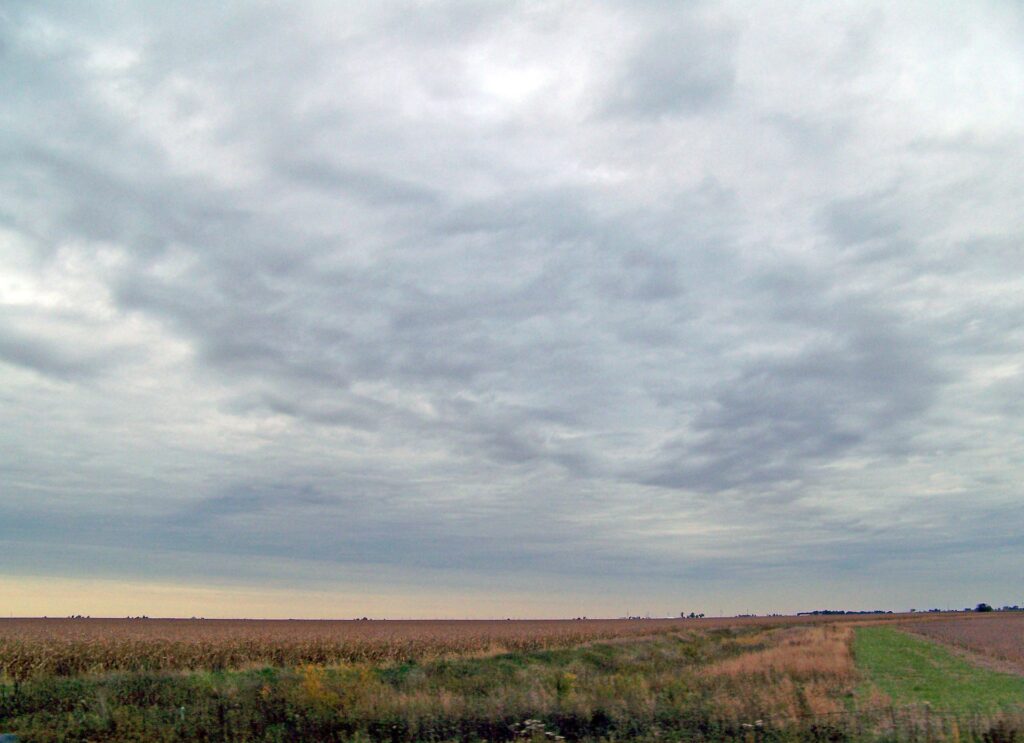US researchers have reported that the saline content of the ocean surface provides a far more reliable indicator of whether or not heavy summer rains will fall in the US Midwest compared to sea surface temperatures.
Seasonal weather in the Midwest is atmospherically connected to the Pacific and Atlantic Oceans, with wind patterns delivering heat and moisture to the region at different times in the year. The report states that scientists have long relied on sea-surface temperatures to predict how those wind patterns will behave and what the weather will be thousands of kilometers away from the ocean.
Sea surface temperature however is highly variable, especially as oceans warm, so rainfall predictions based on temperature can be hit-or-miss. Adding data about surface salinity improves predictions for overall seasonal rainfall by telling meteorologists how much water has been supplied to the atmosphere.
When water evaporates from the ocean, it leaves its salt behind, so the surface ocean gets a little bit saltier. That evaporation is driven by large-scale atmospheric patterns that are connected to weather over the continental USA, so saltiness works as an indicator for the amount of moisture carried by the atmosphere and patterns in where it will rain out.
“For these seasonal weather patterns, we look at the oceans because they store far more heat and water than the atmosphere,” and therefore drive large-scale atmospheric patterns, explained Raymond Schmitt, oceanographer at Woods Hole Oceanographic Institute and study co-author.
Remote sensing and floating sensors provide frequently updated salinity data for vast swaths of the oceans, allowing Schmitt and colleagues to draw connections between salinity and weather patterns.
Laifang Li, a climate scientist at Pennsylvania State University and lead author, said, “It turns out for extreme precipitation years, patterns of sea surface temperature are just really diverse, with different patterns every year. Salinity is more reliable.”
The new study builds on previous work on salinity-based predictions Schmitt has conducted with Li. Schmitt is already working with agricultural suppliers to use the salinity-based predictions, which he says they have found helpful for advising farmers and an improvement on other predictors.
Sensing summer rains
The study specifically improves predictions of timing and magnitude for summer extreme rainfall events in the Midwest, which are more difficult to accurately predict than overall rainfall for a season. Li used Midwest rainfall data from 1948 to 2019 and compared it to sea surface temperature and salinity records in different parts of the Pacific and Atlantic oceans across the same time period.
The team found that by incorporating springtime sea surface salinity in the tropical Pacific and subtropical North Atlantic into predictive models, their predictions for summertime extreme rain events were 92% more accurate than sea surface temperature-based predictions alone for the Midwest. In practical terms, their models using salinity captured twice as much variability in the amount of extreme rains as models using sea surface temperature.
To view the study Skillful Long-lead Prediction of Summertime Heavy Rainfall in the US Midwest from Sea Surface Salinity published in AGU’s Geophysical Research Letters, click here.



